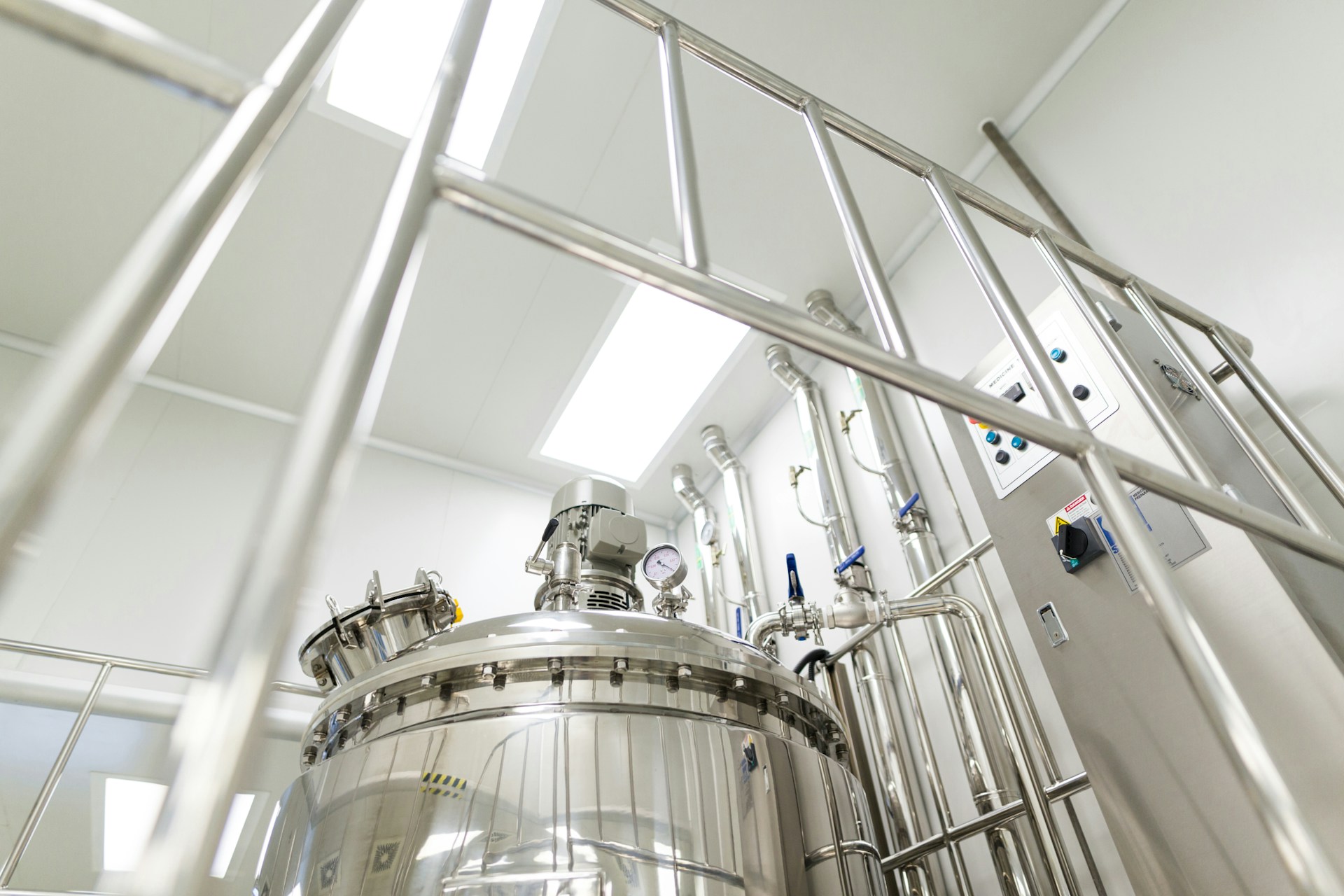
Constructing a durable tank is like building a sturdy shelter: each part must work perfectly to protect what’s inside. Weak points in tank construction can lead to water leaks or contamination. Spotting these vulnerabilities early is vital to tank safety and efficiency. A strong tank provides peace of mind, knowing that it can stand the test of time and elements.
Recognising and fixing weak spots isn’t just about fixing immediate issues. It’s an essential step in prolonging the life of the tank and ensuring the safety of its contents. This isn’t just smart maintenance; it’s a necessity for anyone relying on tanks for storage.
Understanding Weak Points in Tank Construction
Recognising weak points in tank construction is crucial, as these areas are prone to damage. The first step is to understand what causes these weak spots. Several factors contribute, such as poor design, low-quality materials, or improper installation.
Common causes of weak points include:
– Material fatigue: Over time, the materials used in the tank’s construction may weaken due to continuous exposure to pressure or environmental factors.
– Improper sealing: Seams and joints are areas that require proper sealing. Any failure here can lead to leaks or structural failure.
– Corrosion: Metal tanks, in particular, are vulnerable to corrosion, which can stem from poor maintenance or unsuitable protective coatings.
The development of weak points often follows patterns. For example, tanks located in humid or damp areas may experience quicker corrosion compared to those in dry regions. Regular inspections can identify these patterns early, making it easier to address potential problems.
By understanding what causes these weak points, you can take preventative measures. For instance, choosing quality materials and ensuring proper construction techniques can help reduce the chance of weaknesses developing. Regular maintenance inspections are also key in spotting early signs of trouble.
Taking these steps not only safeguards the tank’s structural integrity but also extends its lifespan. This proactive approach to tank construction can save time and money in the long run, ensuring the tank’s contents remain protected and secure. This way, you’re not just building a tank; you’re constructing a reliable vessel you can trust for years.
Key Areas to Reinforce in Tanks
When thinking about tank durability, two areas need extra attention: joints and seams. These parts bear heavy pressure, making them susceptible to leaks. Reinforcing them isn’t just about patching up existing problems; it’s about preventing future ones. Good practice involves using top-quality sealing materials that can withstand wear and tear over time.
Apart from joints and seams, the walls and foundation of a tank play a giant role in its overall strength. A tank’s walls must endure different pressures and, sometimes, harsh weather conditions. Strengthening these walls with appropriate materials can make a big difference in a tank’s lifespan. The foundation, too, needs to be solid. Cracks or corrosion at the base spell trouble. Regular checks and applying protective coatings can keep these core parts strong.
Corrosion-prone areas deserve special attention. Metal tanks, in particular, aren’t immune to rust. Combating corrosion involves more than just using anti-corrosive paints. Implementing a thorough maintenance routine, including regular cleaning and protective coatings, significantly helps in keeping corrosion at bay. This way, the tank retains its integrity much longer, serving its purpose effectively.
Methods of Reinforcing Tank Construction
Once you’ve pinpointed those weak points, it’s time to talk solutions. Choosing the right reinforcement materials is vital. Liners and coatings are two popular options. Liners provide an internal barrier that prevents leaks, while coatings protect the tank’s exterior from environmental harm. Both play a crucial role in keeping the tank secure.
Applying reinforcements is where technique comes into play. Using the correct methods ensures these materials do their job right. This might involve carefully layering coatings or ensuring liners fit perfectly without gaps. These actions feel simple but can dramatically boost the tank’s durability and lifespan.
Professional inspections shouldn’t be underestimated. Experts can offer insights and solutions that can be easily overlooked. Regular checks help catch minor issues before they become major problems, making maintenance much easier. With expert eyes, even hidden flaws get attention, paving the way for timely, effective interventions.
Ensuring the Longevity of Your Tanks
In the end, tanks are more than just containers; they’re integral to many operations. Addressing weak points early on prevents headaches down the road. Consistent check-ups, using the best materials, and having expert input make a winning combo for keeping tanks in top shape.
Taking preventative action may seem like extra work, but the payoff speaks for itself. Reliable tanks save time, resources, and stress. By ensuring they are well-maintained, you’re investing in security and peace of mind, knowing your tank can hold up under pressure.
Reinforcing your tank’s structure and keeping up with maintenance is one of the best ways to avoid expensive issues later on. If you’re starting to see signs of wear or performance problems, don’t wait for things to get worse. Learn how proactive tank repairs from ATM Tanks can help keep your system in solid working condition, giving you peace of mind and long-term reliability.
- Choosing the Best Tank Liners for Longevity - December 7, 2025
- Pro Solutions for Effective Industrial Tank Cleaning - December 7, 2025
- What to Do When Your Tank’s Waterproofing Fails - December 7, 2025






